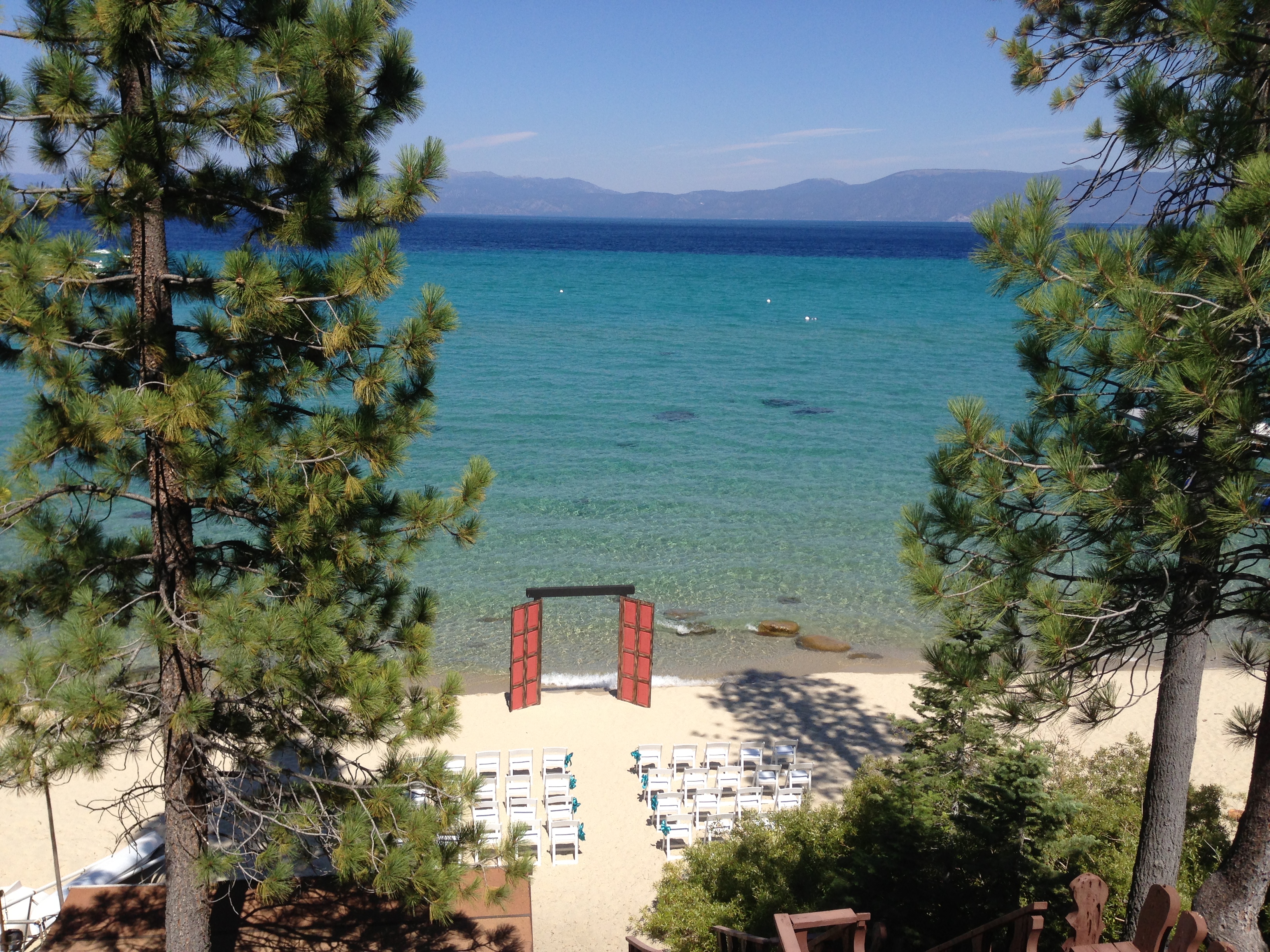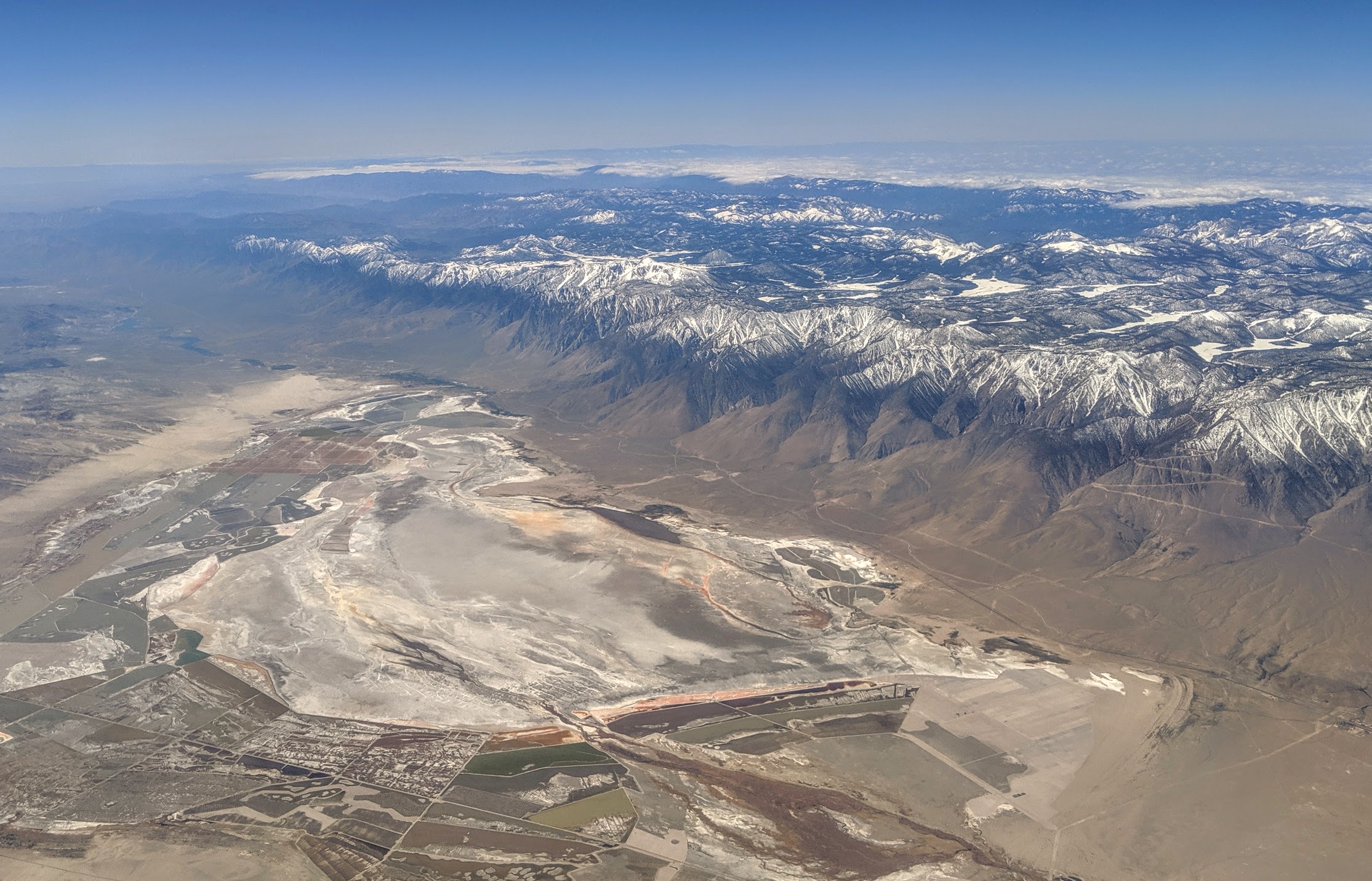The Largest Lakes in California

Published on March 19, 2024
California, a state known for its diverse landscapes and natural beauty, is home to some of the most significant and picturesque lakes in the United States. These water bodies are not just crucial for their ecological value; they also serve as vital resources for water supply, recreation, and habitat for numerous species. This article explores the largest lakes in California, shedding light on their size, location, and importance.
Here are the facts:
- The largest lakes in California are Salton Sea, Lake Tahoe, Clear Lake, Shasta Lake, and Owens Lake.
- Formed accidentally in 1905 due to a flood, Salton Sea has become a crucial habitat for migratory birds despite ecological challenges.
- Known for its clear waters, Lake Tahoe is the second-deepest lake in the U.S. and a major tourist destination.
- Considered one of the oldest lakes in North America, Clear Lake is the largest natural freshwater lake entirely within California.
- Shasta Lake is the largest reservoir in California and is crucial for water management, and is part of the Central Valley Project.
- Once California's largest natural lake, now largely dry due to water diversion, Owens Lake is the target of efforts to restore some of its habitats.
Lakes are integral to California's ecosystem, providing essential habitats for wildlife, supporting agricultural needs, and offering recreational opportunities for millions of residents and visitors alike. The state's unique geography and climate have given rise to a variety of lakes, ranging from large, natural freshwater bodies to man-made reservoirs. These lakes are not only scenic attractions but also play pivotal roles in water management, especially in a state that faces periodic droughts. Understanding the largest lakes in California is essential for appreciating the state's natural resources and the challenges of managing these vital water sources.
1. Salton Sea
- Location: Imperial and Riverside counties
- Size: Approximately 343 square miles

The Salton Sea, California's largest lake by surface area, is a saline, endorheic rift lake located directly on the San Andreas Fault. Predominantly in the Imperial and Coachella valleys, the Salton Sea was created by a flood in 1905, when water from the Colorado River flowed into the area. Despite its initial creation by accident, it has become a critical habitat for migratory birds. However, the lake is facing ecological challenges due to increased salinity and pollution.
2. Lake Tahoe
- Location: Sierra Nevada mountains, California-Nevada border
- Size: Approximately 191 square miles

Lake Tahoe is North America's largest alpine lake and the second deepest in the United States. Renowned for its clear waters and the surrounding mountainous landscape, it is a popular destination for tourists seeking outdoor activities year-round. Lake Tahoe plays a significant role in water supply for the surrounding regions and is crucial for both California and Nevada's environment and tourism industries.
3. Clear Lake

- Location: Lake County
- Size: Approximately 68 square miles
Clear Lake is the largest natural freshwater lake entirely within California and is believed to be one of the oldest lakes in North America. Its waters are home to a rich biodiversity, including several fish species which make it a popular spot for recreational fishing. The lake's health is closely monitored due to its significance for local wildlife and the economy.
4. Shasta Lake
- Location: Shasta County
- Size: Approximately 30,000 acres at full pool

Shasta Lake is the largest reservoir in California and a key facility in the Central Valley Project, which manages water resources in the state. It is formed by the damming of the Sacramento River and several tributaries. The lake is a hub for recreational activities, including fishing, boating, and camping, and plays a vital role in water supply and hydroelectric power generation.
5. Owens Lake
- Location: Inyo County
- Size: Once covering over 100 square miles, now largely dry

Owens Lake, historically the largest natural lake in California, has largely been reduced to a dry lakebed due to water diversion starting in the early 20th century for the needs of Los Angeles. The lake's remnants are a significant source of dust pollution; however, efforts are being made to mitigate these effects and restore some of the lake's wetland areas to provide habitat for birds and other wildlife.
The Takeaway
The largest lakes in California are vital to the state's ecological balance, water management, and recreational landscape. From the saline expanses of the Salton Sea to the alpine waters of Lake Tahoe, each lake has unique characteristics and challenges. These lakes not only support diverse ecosystems and provide water resources essential for human and agricultural use, but they also offer unparalleled recreational opportunities that enhance the quality of life in California. As the state continues to face environmental challenges, including drought and climate change, the management and preservation of these significant water bodies remain a high priority. Understanding the importance and functions of California's largest lakes is crucial for ensuring their health and availability for future generations.
Category: World Facts